- Home
- Michael D. Britton
A Slave to Race
A Slave to Race Read online
A Slave to Race
by
Michael D. Britton
* * * *
Copyright 2012 by Michael D. Britton
I was dead.
Yet I dreamed a strange, software-influenced dream as my body was put back together by my built-in technology.
My dream consisted of a recurring image of the explosion that had ripped me apart, cast behind a visual of a dark mineshaft on one of the border moons. I operated a sonic extractor and loaded handfuls of terrelium into a crate. My hands were mere skeletons, my sleeves shredded blue rags.
But soon, I would awake, good as new. Race slaves never really died – we just got . . . delayed.
As I floated weightlessly in the darkness of interstellar space, the nanomedics swarmed over and through my torn body, a coursing wave of energy and intelligence. They raced to repair tissue, using preset triage criteria as well as making logic-based decisions as they went.
Perhaps I shouldn’t have tried to thread the needle – the space between the chunks in the tail of that comet had been narrower than I’d calculated. Should’ve left it to the liveware to steer me through, but I was overconfident.
No time now for regrets.
First, the nanomedics reactivated my autonomic system: brain, heart, lungs. They kept my consciousness suppressed and activated the dream sequence I was now experiencing. They also left the pain receptors in my brain disengaged while they methodically rebuilt the rest of my body at a frantic pace.
The bots that were reassembling my body - hundreds of millions of them - were a component of my ~dart – my racing craft. Each bot was composed of a level six hyperprocessor, several tiny tool-wielding appendages, and a certain amount of organic material to make them compatible with my biology. Working as a networked unit, they moved the length of my body in a microsecond, coordinated like a symphony of healing to bring me back to the way I was before the explosion hit, all in under ninety seconds.
But it was sixty seconds too late.
Thirty seconds after the initial impact, my ~dart had been torn apart by a core overload. As I came to consciousness following the body rebuild, I read the status report projected within my iris.
It wasn’t good.
My ship was already spread across nearly a half AU of space.
I ran a mental algorithm immediately, activating the return sequence. Floating in the immense black void, I watched the distant stars tumble around me. I knew I was the one spinning, but it always helped prevent nausea if I just told myself that I was the one at relative stop.
I waited.
As the return signal rode the EM Flow and reached each of the splinters and fragments of my ship, each piece – anything larger than a pinhead - reoriented itself in space and started toward my signal, driven by a gravitational inertia-drive the size of a water molecule. Before long, the ~dart would be reintegrated by the same technology that had repaired my body, and I’d be on my way.
But the extra minute delay would be hard to catch up from. I would certainly not win this one – a pity, since I’d hoped to retire with a bang - but I still wanted to come in ahead of Jones and my brother, David.
By now, Jones was at least a quarter parsec ahead of me, so I’d have to get creative.
When the ~dart was fully reintegrated and operational, having formed its original shape all around me, I checked the nav and set a new course through the heart of the Dawn Dancer Nebula, a short cut that most ~dart racers considered a suicidal run.
But hey, I’d been dead before.

 Turn the Page
Turn the Page Checkmate
Checkmate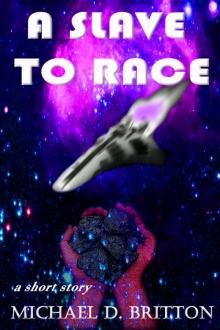 A Slave to Race
A Slave to Race The Only
The Only Convergence
Convergence Red Death
Red Death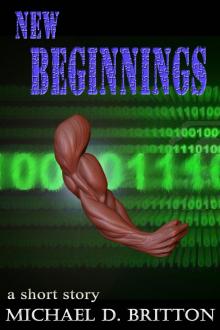 New Beginnings
New Beginnings Liberation
Liberation Old Wounds
Old Wounds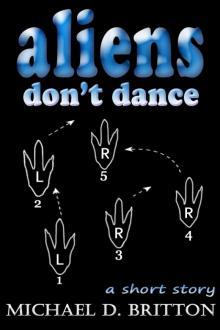 Aliens Don't Dance
Aliens Don't Dance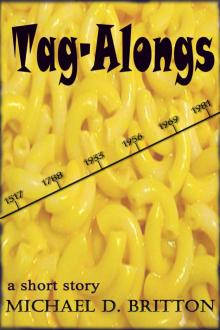 Tag-Alongs
Tag-Alongs Broker
Broker Pause
Pause Predict THIS
Predict THIS AaBack's Grimm: Dark Fantasy Fairy Tale #2 Friends Reunited: The Janus Beast, The Rose Beauty, And The Cursed Duckling
AaBack's Grimm: Dark Fantasy Fairy Tale #2 Friends Reunited: The Janus Beast, The Rose Beauty, And The Cursed Duckling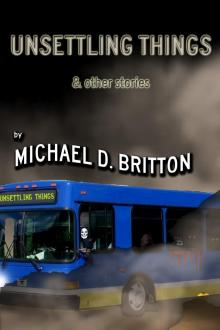 Unsettling Things & Other Stories
Unsettling Things & Other Stories Ask Grench
Ask Grench Strings
Strings Going to the Dogs
Going to the Dogs Switch
Switch Statute Forty-Nine
Statute Forty-Nine Brain Storm
Brain Storm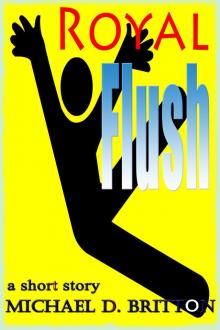 Royal Flush
Royal Flush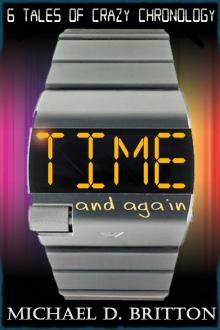 Time and Again: A Collection of Crazy Chronology
Time and Again: A Collection of Crazy Chronology Edge of Human
Edge of Human A Sense of Souls
A Sense of Souls Decisions, Decisions
Decisions, Decisions Dream Soldiers
Dream Soldiers Spies: 7 Short Stories
Spies: 7 Short Stories Prowler: Three Haunting Tales
Prowler: Three Haunting Tales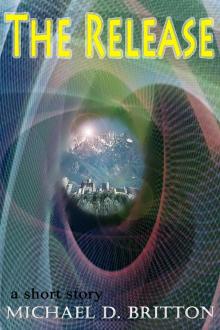 The Release
The Release Lunar Tales - an anthology
Lunar Tales - an anthology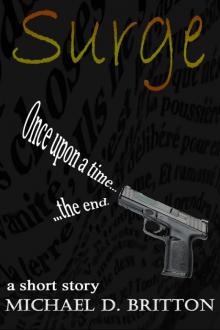 Surge
Surge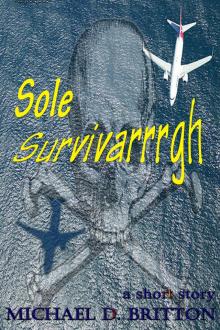 Sole Survivarrrgh
Sole Survivarrrgh Remember
Remember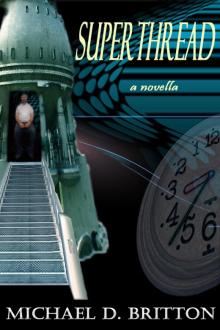 Superthread
Superthread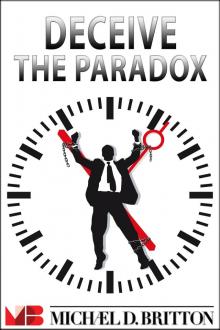 Deceive the Paradox
Deceive the Paradox Project: Dreamer
Project: Dreamer No Man to Trifle With
No Man to Trifle With Diaspora
Diaspora Quartet for Three
Quartet for Three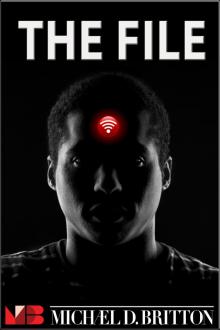 The File
The File These Dark Electrons
These Dark Electrons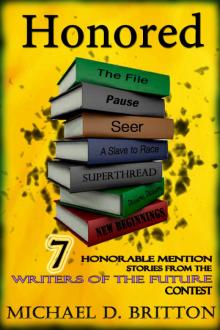 Honored: 7 Honorable Mention Stories from the Writers of the Future Contest
Honored: 7 Honorable Mention Stories from the Writers of the Future Contest Balls
Balls The Final Testament
The Final Testament The Exile
The Exile OtherPlace
OtherPlace